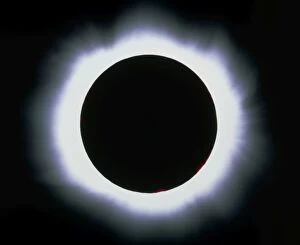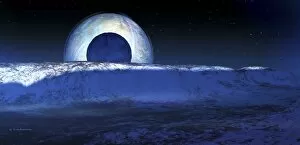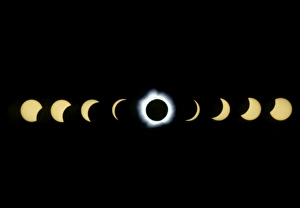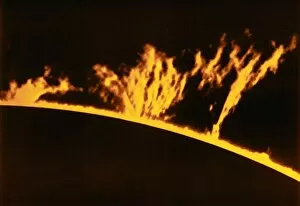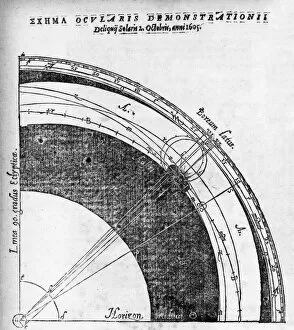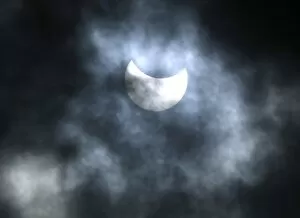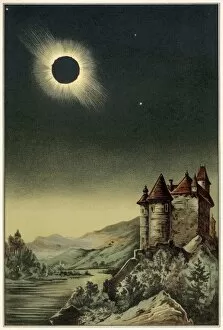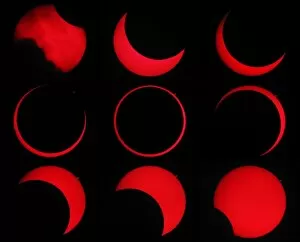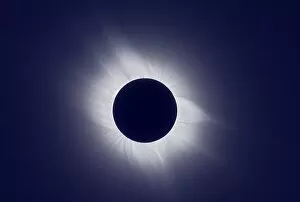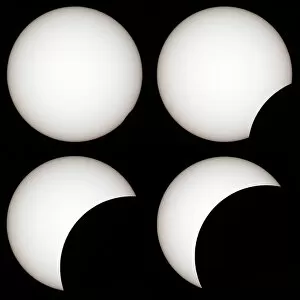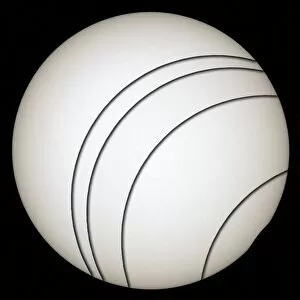Solar Eclipse Collection (page 6)
Captivating and rare, the 1919 solar eclipse mesmerized astronomers worldwide
All Professionally Made to Order for Quick Shipping
Captivating and rare, the 1919 solar eclipse mesmerized astronomers worldwide. With its breathtaking Diamond Ring effect, it left a lasting impression on our understanding of the cosmos. Imagine being in Earth's orbit, witnessing a total eclipse of the Sun - an awe-inspiring sight that defies description. In 1979, a false-color photo captured the enchanting beauty of a total solar eclipse, showcasing its ethereal hues. Fast forward to March 29th, 2006 - another momentous occasion when the world marveled at nature's spectacle during a total solar eclipse. Wisconsin experienced its own celestial wonder on August 21st as eager sky gazers gathered to witness this extraordinary event firsthand. A stunning combination of pictures documented every stage of an annular solar eclipse from beginning to end - truly capturing its mysterious allure. Throughout history, artists have been inspired by these cosmic phenomena; their intricate artwork depicting total solar eclipses from centuries past still evokes wonder today. Dating back to 1860 and beyond, these captivating events continue to captivate us with their grandeur and remind us of our place in this vast universe.

